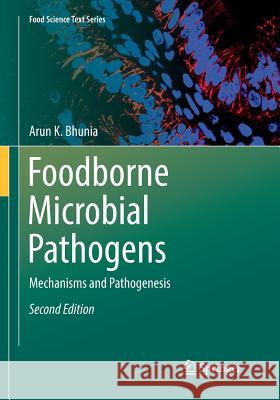Foodborne Microbial Pathogens: Mechanisms and Pathogenesis » książka
topmenu
Foodborne Microbial Pathogens: Mechanisms and Pathogenesis
ISBN-13: 9781493992461 / Angielski / Miękka / 2019 / 365 str.
Kategorie:
Kategorie BISAC:
Wydawca:
Springer
Seria wydawnicza:
Język:
Angielski
ISBN-13:
9781493992461
Rok wydania:
2019
Wydanie:
Softcover Repri
Numer serii:
000317943
Ilość stron:
365
Waga:
0.67 kg
Wymiary:
25.4 x 17.78 x 2.06
Oprawa:
Miękka
Wolumenów:
01
Dodatkowe informacje:
Wydanie ilustrowane











